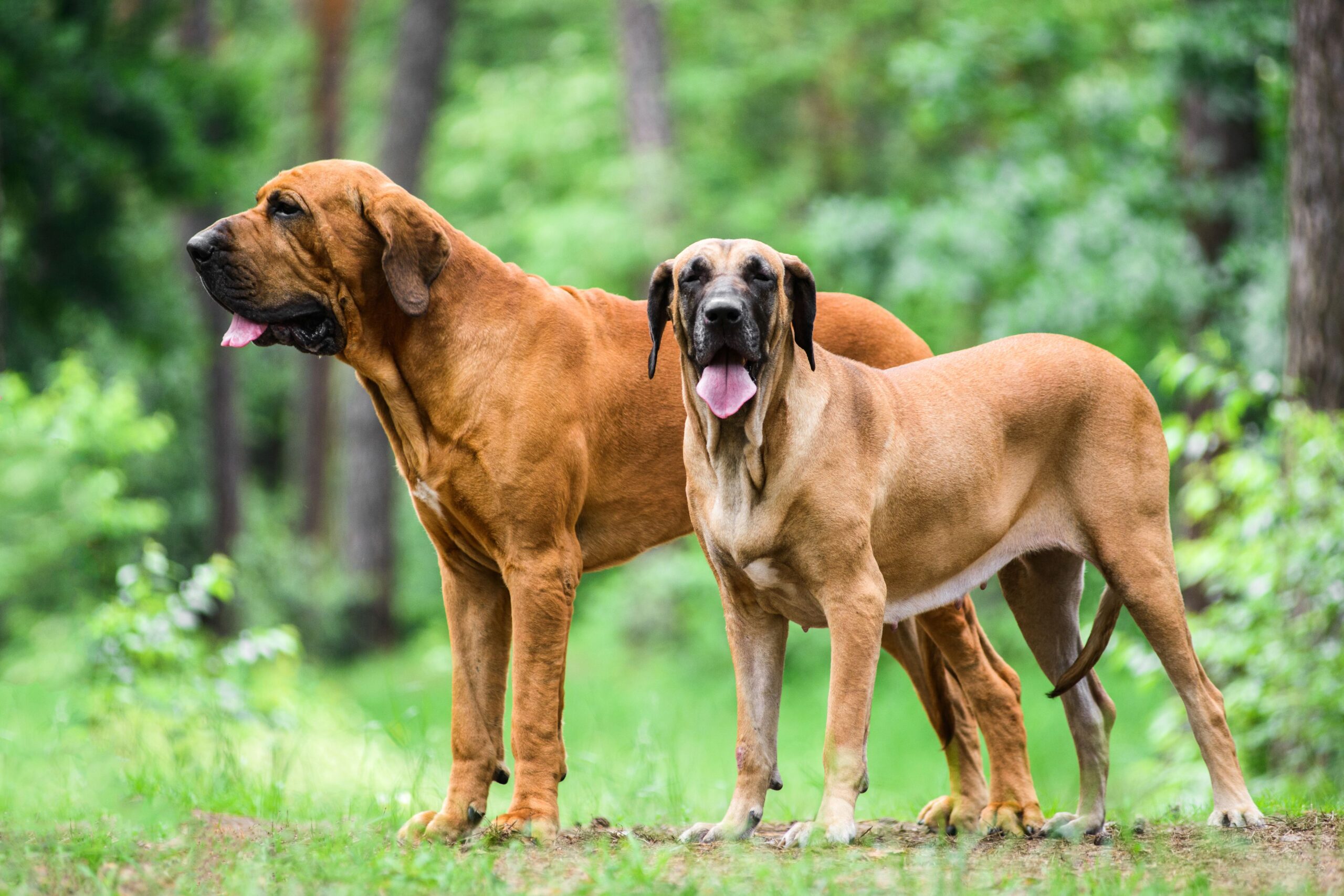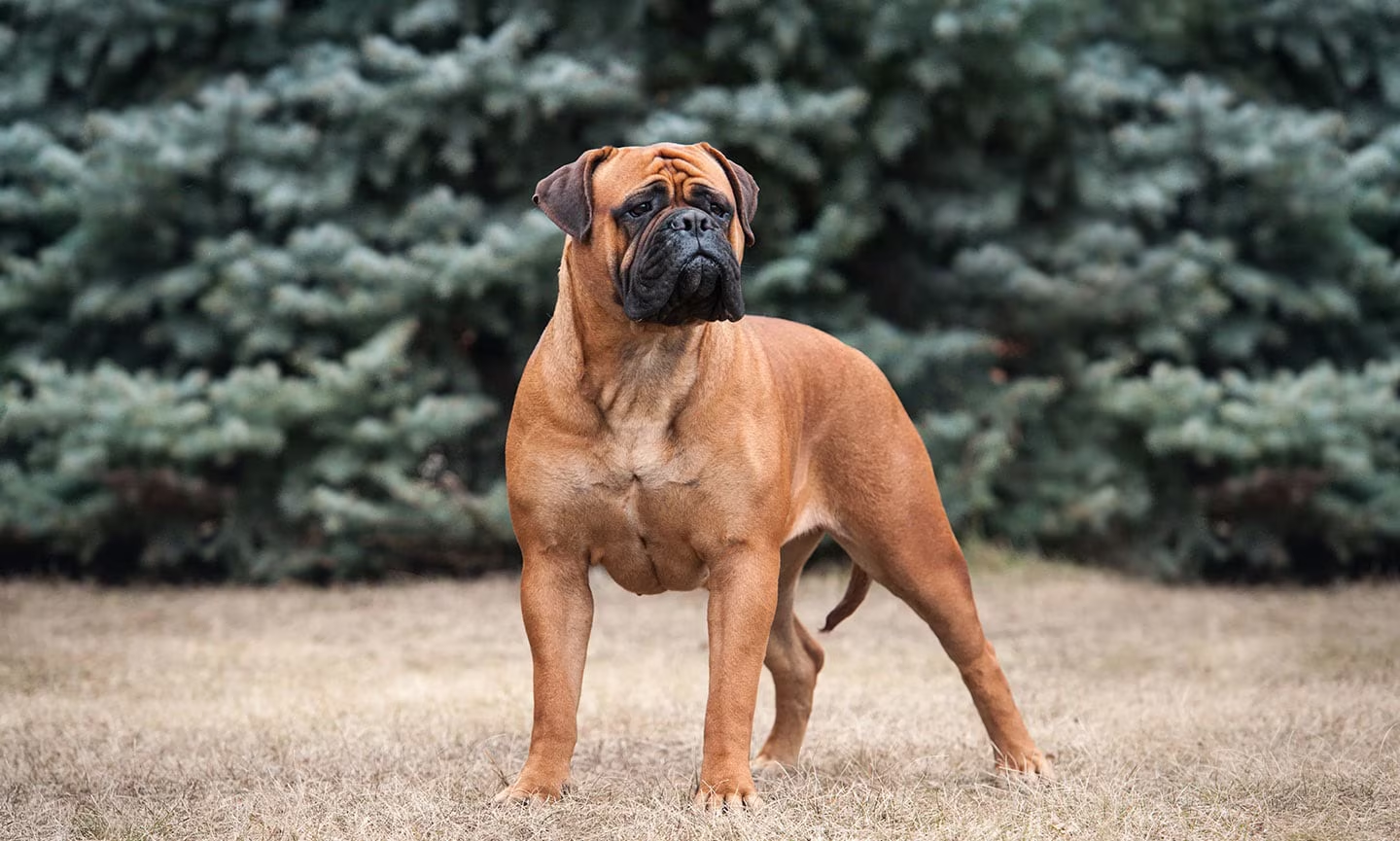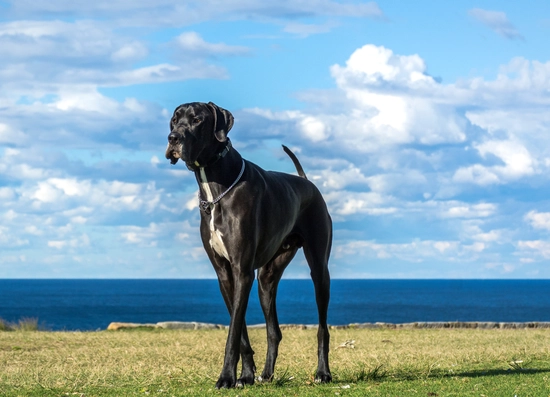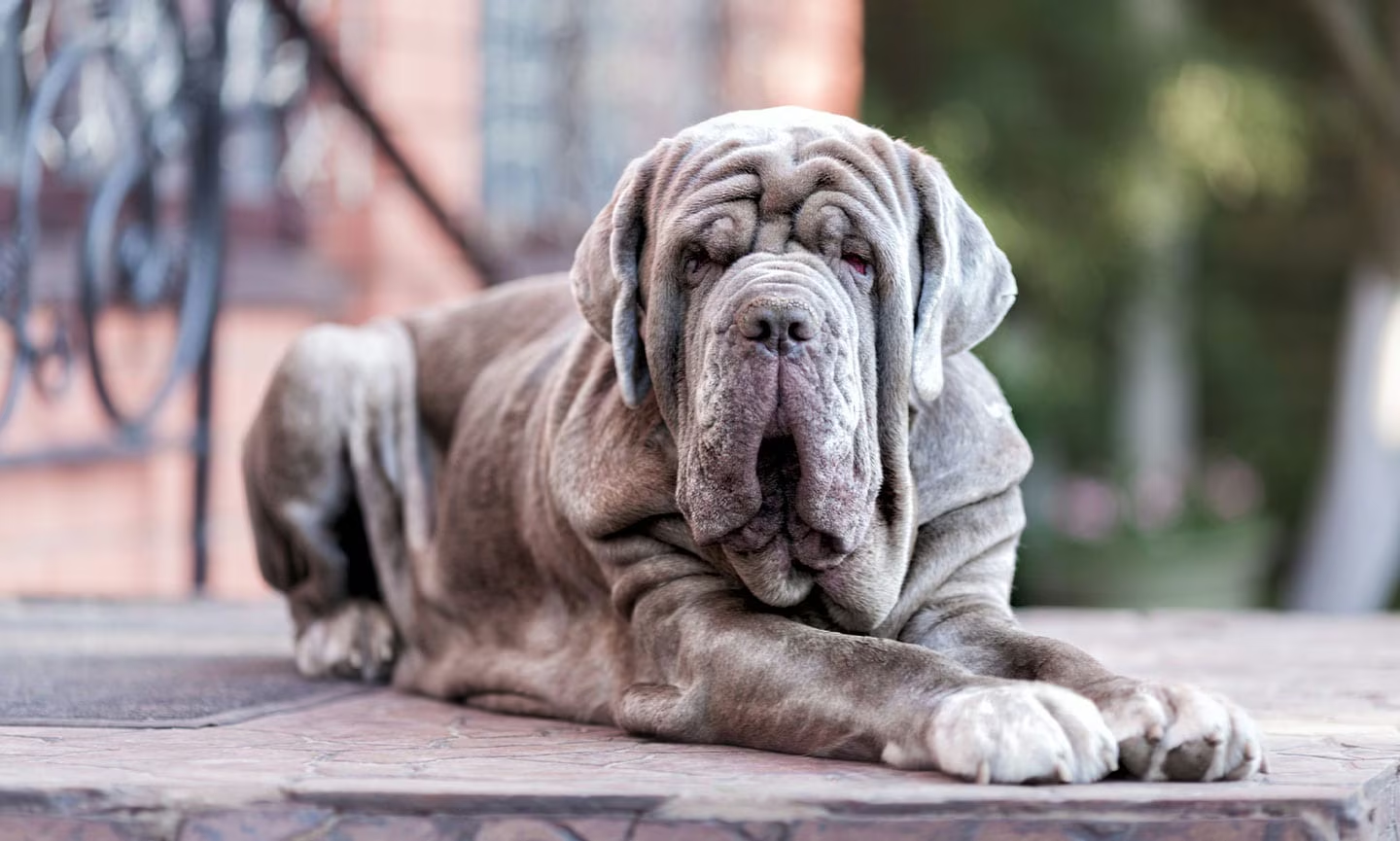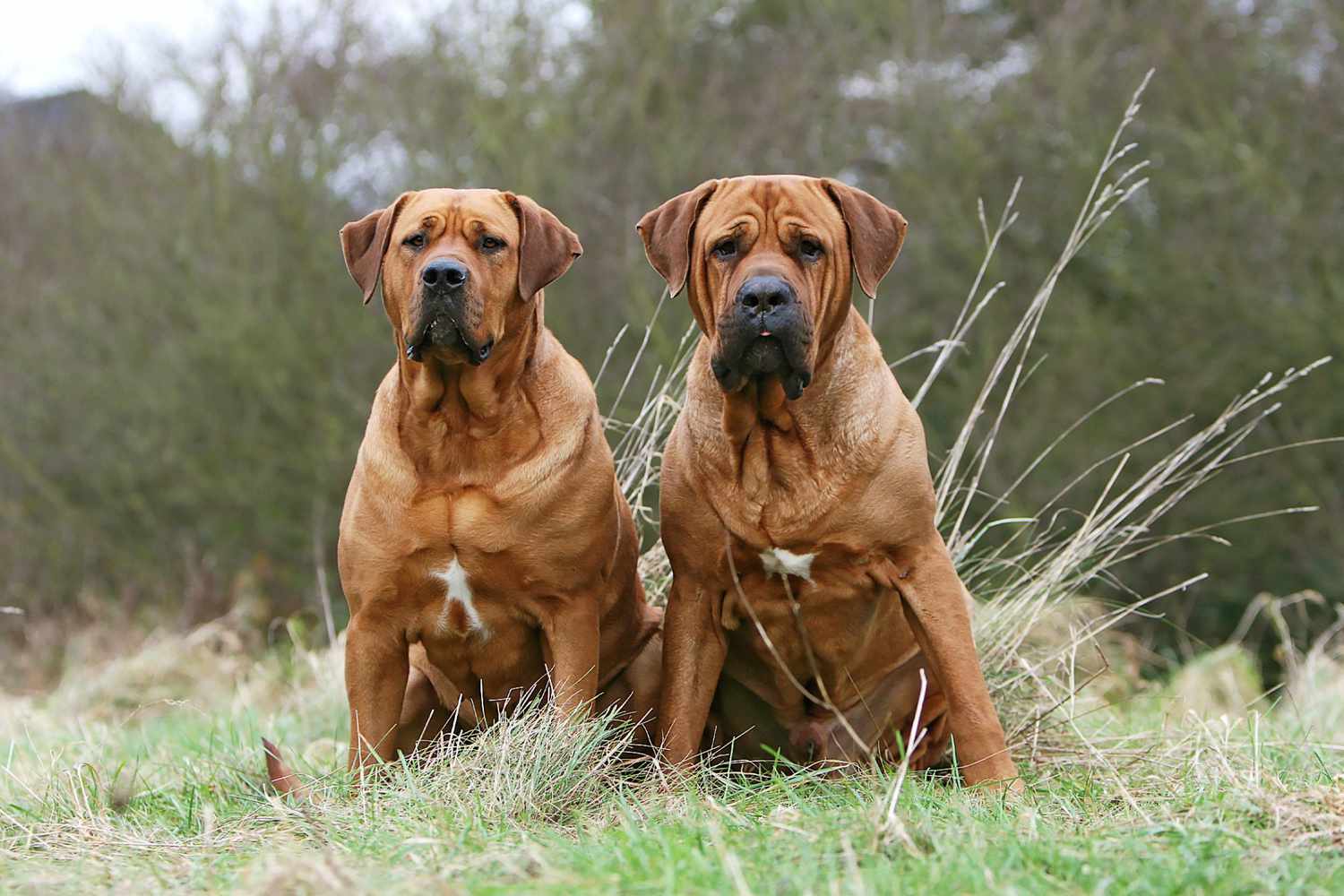Dear Reader, Let’s Talk About the Fila Brasileiro
Picture this: You’re walking through the Brazilian countryside at dusk. The air is thick with humidity, and somewhere in the distance, a low, rumbling growl stops you in your tracks. You freeze, scanning the shadows, and then you see it—a massive silhouette with loose, rippling skin and watchful eyes that seem to stare straight through you.
You’ve just encountered the Fila Brasileiro, Brazil’s most formidable guardian breed.
I’ll be honest with you right away—I’m writing this blog post with mixed emotions. On one hand, I’m deeply fascinated by these remarkable dogs with their unwavering loyalty and ancient lineage. On the other hand, I feel a profound responsibility to paint you an accurate picture of a breed that, in the wrong hands, can present serious challenges.
So before we dive into the rich history and striking characteristics of the Fila, I want to make something abundantly clear: this is not a breed for everyone. In fact, it’s a breed for very few people. If you’re looking for a friendly family pet that will welcome your neighbors with a wagging tail, please—I implore you—look elsewhere.
But if you’re intrigued by a dog whose devotion to family knows no bounds, whose history is intertwined with Brazil’s colonial past, and whose presence commands immediate respect, then pull up a chair. We have much to discuss.
A Letter from Brazilian History: The Fila’s Origins
My dear reader, to understand the Fila Brasileiro is to take a journey back to colonial Brazil, where the story of this magnificent breed begins.
The history of the Fila is a tapestry woven from the threads of necessity, survival, and the harsh realities of colonial life. Dating back to the 15th and 16th centuries, when Portuguese colonizers were establishing vast plantations across Brazil, these dogs emerged as indispensable assets in a wild and unforgiving landscape.
A Breed Born of Necessity
The exact ancestry of the Fila Brasileiro remains somewhat shrouded in mystery, with conflicting theories among breed historians. The most widely accepted version suggests that the Fila resulted from selective breeding between several European breeds brought to Brazil during the colonial period, primarily:
- The English Mastiff, contributing size and strength
- The Bloodhound, lending its incredible tracking abilities and distinctive loose skin
- Ancient Bulldogs (not the compact companions we know today, but larger, more athletic working dogs)
Others believe that native Rafeiro dogs from Portugal played a significant role in the breed’s development. Regardless of the exact genetic cocktail, one thing is certain: the Fila was developed as a working dog with very specific and demanding jobs to perform.
A Working Past That Shapes the Present
On the sprawling fazendas (plantations) of colonial Brazil, the Fila Brasileiro served multiple critical functions:
- Tracking and capturing runaway slaves (a dark chapter in the breed’s history that cannot be erased)
- Herding and controlling cattle across vast territories
- Guarding property against intruders and wild predators
- Hunting large game, including jaguars (holding them at bay rather than killing them)
This multifaceted working history has profoundly shaped the Fila’s temperament and instincts. Unlike breeds developed primarily for companionship, every aspect of the Fila’s physical and psychological makeup was designed with serious work in mind. The repercussions of this heritage are evident in today’s Filas, who retain the intense guardian instincts and tracking abilities of their ancestors.
From Working Dog to National Treasure
The first formal standard for the Fila Brasileiro was only established in 1946, though the breed had existed for centuries before. Recognition by the Brazilian Kennel Club came in 1954, cementing the Fila’s status as a distinctive national breed.
Despite this official recognition, the Fila faced challenges to its existence. By the mid-20th century, changing agricultural practices and modernization threatened to make these working dogs obsolete. Thankfully, dedicated enthusiasts recognized the cultural and historical value of the breed and worked diligently to preserve it.
Today, the Fila Brasileiro stands as a living artifact of Brazil’s complex colonial history—a powerful reminder of both the brutality of that era and the remarkable adaptability of dogs bred to serve human needs in challenging environments.
A Portrait in Words: The Fila’s Appearance
If I were to paint you a portrait of the Fila Brasileiro, it would be rendered in bold, dramatic strokes—nothing delicate or subtle would suffice for a dog of such imposing presence.
An Imposing First Impression
The Fila Brasileiro is a large, powerfully built dog that commands immediate attention. Males typically stand 25-30 inches (64-75 cm) at the shoulder and weigh between 110-180 pounds (50-82 kg). Females are slightly smaller but no less impressive, standing 23-27 inches (58-69 cm) and weighing 90-130 pounds (41-59 kg).
Beyond mere size, it’s the Fila’s overall conformation that truly distinguishes it. These dogs possess a rectangular body structure—longer than they are tall—with substantial bone mass and impressive musculature. Perhaps most distinctive is their unique topline: unlike most breeds that have level backs, the Fila’s hindquarters stand higher than its shoulders, creating a distinctive sloping profile.
The Distinctive Head and Expression
The head of a Fila Brasileiro deserves special attention, as it is both magnificent and highly characteristic of the breed. Broad and massive, with a moderately short muzzle, the head features heavy dewlaps (loose skin under the neck) and pronounced flews (drooping upper lips)—both inheritances from their Bloodhound ancestry.
The eyes are medium-sized, almond-shaped, and range from dark brown to amber, often giving the dog a somewhat melancholic expression. The ears are large, thick, and pendant (hanging), set wide apart and falling against the cheeks.
Together, these features create a countenance that is simultaneously imposing and oddly soulful—a face that seems to reflect the breed’s complex nature.
The Skin: A Breed Hallmark
Perhaps no physical feature is more distinctive to the Fila Brasileiro than its loose, abundant skin. This is not a cosmetic quirk but a functional adaptation inherited from their tracking ancestors. The loose skin, particularly noticeable around the neck, chest, and sometimes forming wrinkles on the face, served a protective purpose during hunting by allowing the dog to twist and turn if grabbed by prey, without sustaining serious injury.
This abundance of skin gives the Fila a distinctive appearance when in motion—a somewhat rolling, fluid quality that distinguishes it from more tightly-skinned breeds.
Coat and Colors
The Fila’s coat is short, dense, and smooth against the body—practical for the Brazilian climate and requiring minimal maintenance. The breed comes in several colors:
- Fawn (in various shades from light to deep red)
- Brindle (tiger stripes on a fawn background)
- Black
- Blue (a diluted black that appears grayish)
Small white markings are permissible on the chest, feet, and tips of tails, though extensive white markings are generally discouraged in the show ring.
The Camel Gait: A Unique Way of Moving
If you’ve never seen a Fila Brasileiro in motion, you’re missing one of the breed’s most fascinating characteristics. These dogs possess an unusual gait often called a “camel walk” or “pace,” where the legs on the same side of the body move together, rather than diagonally as in most dogs. This creates a distinctive rolling motion that, combined with the loose skin and sloping topline, makes the Fila unmistakable even from a distance.
This unique way of moving is thought to enhance the dog’s ability to track scents while in motion, another adaptation that served its working purposes.
The Soul of the Fila: Understanding Their Temperament
Now we come to the heart of the matter—the temperament that makes the Fila Brasileiro both treasured by enthusiasts and banned in several countries. I want to be unflinchingly honest with you about what makes these dogs tick.
Ojeriza: The Defining Trait
The single most defining temperament trait of the Fila Brasileiro is what Brazilians call “ojeriza”—an innate, profound distrust of strangers. This is not a behavioral flaw but a deliberately cultivated characteristic that served the breed’s traditional guardian functions.
In practical terms, ojeriza manifests as a natural suspicion and aloofness around anyone outside the dog’s immediate family. A well-bred Fila does not warm up to strangers over time—this reserve is hardwired into their temperament and is considered an essential breed characteristic by purists.
This trait has led to the breed’s controversial reputation and to a saying often repeated in Fila circles: “Faithful as a Fila.” The implication is clear—this is a dog whose loyalty knows no bounds, but whose acceptance is not easily earned.
Family Bonds: The Other Side of the Coin
The intensity of the Fila’s suspicion toward strangers is matched only by its devotion to family. With their people, Filas are typically:
- Gentle and affectionate
- Profoundly protective
- Tolerant and patient with family children
- Sensitive to their owner’s emotions and moods
- Deeply bonded, often forming especially strong attachments to one family member
This duality—fierce protector and gentle companion—lies at the core of the Fila’s nature. They are not dogs that switch easily between these modes, which is why careful management is essential throughout their lives.
Intelligence and Trainability: A Complex Picture
Filas are undeniably intelligent dogs, but their intelligence manifests differently than in breeds that were developed for trainability and biddability. A Fila’s intelligence is marked by:
- Independent thinking and problem-solving
- Strong memory (they rarely forget, for better or worse)
- Excellent awareness of their territory and changes within it
- Natural tracking and scenting abilities
This intelligence does not, however, translate to easy trainability. Filas are often described as stubborn or willful, though this is perhaps more accurately characterized as independence. They were developed to make autonomous decisions while working, not to await constant human direction.
Training a Fila requires consistency, respect for their dignity, and an understanding that some aspects of their temperament—particularly their suspicion of strangers—cannot and perhaps should not be trained out entirely.
A Note on Socialization: The Great Debate
Within Fila circles, there exists a significant debate about socialization. Traditional breeders often recommend minimal socialization after about 4 months of age, believing that extensive socialization dilutes the ojeriza that defines the breed. Others advocate for more balanced socialization, arguing that a well-socialized Fila can maintain its natural guardian instincts while learning to tolerate neutral interactions with strangers.
My personal view leans toward the latter approach—I believe that even guardian breeds benefit from controlled exposure to different people, animals, and environments, provided this is done with respect for the dog’s natural temperament. A well-socialized Fila may still remain aloof with strangers but will be less likely to react with unwarranted aggression.
Living With a Fila: The Unvarnished Reality
Let me share with you what daily life alongside one of these remarkable dogs truly entails, beyond the romantic notions of noble guardians and unwavering loyalty.
Space and Environment: What They Need
The Fila Brasileiro is categorically not suited for apartment living or urban environments. These dogs thrive in:
- Rural or semi-rural settings with substantial space
- Properties with secure fencing (minimum 6 feet high with no gaps)
- Homes with limited visitor traffic
- Environments where they can exercise their natural territorial instincts without constant restriction
The ideal setting for a Fila is a home with acreage, where the dog has room to patrol and monitor without the constant stress of encountering strangers and unfamiliar dogs. This is not merely a preference—it’s an ethical consideration for a breed with such strong territorial instincts.
Exercise and Mental Stimulation
Despite their sometimes lazy appearance around the home, Filas need regular exercise to maintain physical health and mental balance. Their exercise needs include:
- Daily walks in areas where encounters with strangers can be minimized
- Opportunity to patrol and explore their territory
- Mental stimulation through training, scent work, or problem-solving activities
It’s worth noting that Filas typically self-regulate their exercise to some extent—they’re not high-energy dogs requiring constant activity. However, regular, structured exercise helps prevent boredom and the behavioral issues that can result.
Training and Management: An Ongoing Commitment
Living successfully with a Fila Brasileiro requires a lifelong commitment to proper training and management. This is not a dog that can be casually integrated into an average lifestyle after completing a basic obedience class.
Essential training for a Fila includes:
- Early establishment of clear boundaries and expectations
- Consistent reinforcement of basic obedience commands
- Careful management around visitors (which may include crating or separation during social gatherings)
- Regular reinforcement of appropriate behaviors around family members
Even with excellent training, most Filas will require management strategies throughout their lives. This might mean keeping the dog separated from visitors, maintaining strict leash control in public areas, and being constantly vigilant about potential triggers for protective behavior.
Health Considerations: Taking Care of Your Guardian
The Fila Brasileiro generally enjoys robust health, with a lifespan of approximately 9-11 years (relatively good for a giant breed). However, like all purebred dogs, they are prone to certain health concerns:
- Hip and elbow dysplasia
- Gastric dilatation-volvulus (bloat)
- Entropion (inward rolling of the eyelid)
- Various skin conditions, particularly in the folds of loose-skinned individuals
Responsible ownership includes regular veterinary care, maintaining appropriate weight, and working with breeders who conduct health testing on their breeding stock.
Legal and Social Realities
Perhaps the most challenging aspect of Fila ownership is navigating the legal and social limitations that come with the breed. Potential owners should be aware that:
- The breed is banned entirely in several countries, including the United Kingdom, Norway, Denmark, Malta, Cyprus, and Israel
- Many municipalities have breed-specific legislation that restricts or prohibits ownership
- Insurance coverage may be difficult or expensive to obtain
- Finding rental housing that accepts the breed is nearly impossible in many areas
Beyond legal restrictions, Fila owners must also contend with social realities—many people are frightened by large guardian breeds, and public misconceptions about the Fila’s temperament can lead to uncomfortable or even hostile encounters.
Is a Fila Brasileiro Right for You? (Probably Not)
After reading this far, you may still be intrigued by this magnificent breed. Allow me to offer some candid thoughts on who should—and more importantly, who should not—consider bringing a Fila into their life.
The Ideal Fila Owner
The very small subset of people who might be well-suited to Fila ownership typically have:
- Extensive experience with large guardian breeds
- Rural property with secure fencing
- Limited need for visitors in their home
- A stable, quiet lifestyle
- Commitment to ongoing training and management
- Realistic expectations about the breed’s temperament
Even with these qualifications, potential owners should carefully consider whether their lifestyle and needs truly align with what this breed offers and requires.
Who Should Look Elsewhere
The Fila Brasileiro is decidedly not appropriate for:
- First-time dog owners
- Families with young children who have frequent friends visiting
- Those living in urban or suburban environments
- People with active social lives and frequent home visitors
- Anyone unwilling or unable to commit to ongoing management
- Those seeking a dog for public activities like dog parks, outdoor cafes, etc.
I cannot emphasize this enough: choosing a Fila Brasileiro primarily for status, protection, or because you’re drawn to their appearance without understanding their temperament is profoundly irresponsible. These dogs deserve owners who appreciate and can properly manage their unique traits.
Finding a Responsible Source
If you’ve thoroughly assessed your suitability and remain interested in the breed, the only ethical path forward is working with a highly reputable breeder or rescue organization.
Responsible Fila breeders:
- Conduct appropriate health testing
- Breed for stable temperaments (not excessive aggression)
- Carefully screen potential buyers
- Provide ongoing support and guidance to owners
- Take back any dog they’ve produced if the owner can no longer keep it
Due to the specialized nature of the breed, finding a reputable breeder often requires significant research and potentially traveling considerable distances. This is not a breed you’re likely to find in general rescue organizations, though breed-specific rescues do exist in some areas.
A Letter of Appreciation and Caution
My dear reader, we’ve come to the end of our exploration of the magnificent, complex, and often misunderstood Fila Brasileiro. I hope I’ve conveyed both my genuine admiration for this breed and my sincere caution about the responsibilities that come with ownership.
There is a beauty in the Fila’s unwavering loyalty, in their dignified bearing, and in their connection to Brazil’s rich cultural heritage. For the rare owner with the right circumstances and experience, these dogs can be extraordinary companions and guardians.
But loving a breed—truly loving it—means respecting its nature and recognizing when its needs exceed what most people can reasonably provide. For the vast majority of dog lovers, another breed with less extreme guardian tendencies would be a far better choice.
If you take only one message from this article, let it be this: admire the Fila Brasileiro from a respectful distance unless you are absolutely certain you can provide the specialized environment these remarkable dogs require.
With respect and appreciation for these extraordinary guardians of Brazil,
A devoted student of canine nature
